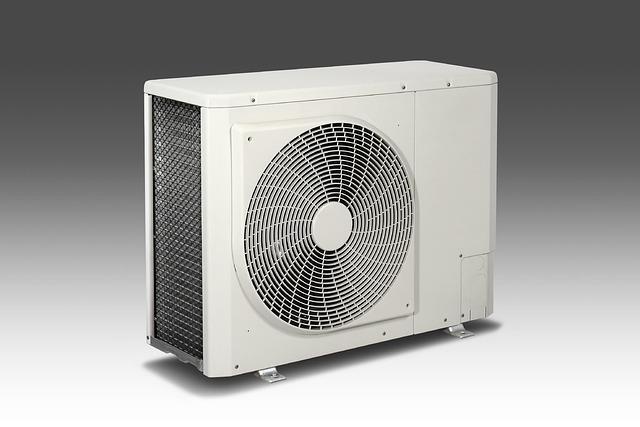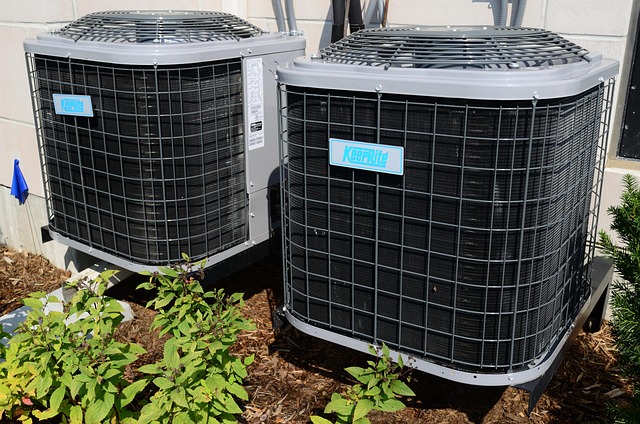Mold spores, microscopic yet resilient, actively contribute to both indoor and outdoor ecosystems but pose significant health risks, especially for allergy sufferers. These spores, abundant in damp conditions, can be easily inhaled, triggering or exacerbating allergic responses such as sneezing and itchy eyes. Factors like temperature, humidity, organic matter, sunlight, and airflow influence spore lifespan, with warmer conditions and high humidity promoting viability while sunlight and strong air currents aiding degradation. Effective allergy management involves mitigating mold exposure through regular cleaning, drying, air purification, ventilation, and professional remediation to create healthier living spaces.
“Unveiling the mysterious world of mold spores and their infinite potential to linger in the air is a crucial step in understanding the environmental factors that contribute to allergies. This article delves into the behavior of mold spores, exploring how they proliferate and their significant impact on respiratory health. We’ll examine the intricate relationship between mold and allergies, factoring in influences like humidity and temperature. By understanding these dynamics, we can implement effective strategies to mitigate mold exposure, offering relief for allergy sufferers.”
- Understanding Mold Spores and Their Behavior
- The Connection Between Mold and Allergies
- Factors Affecting the Lifespan of Mold Spores in Air
- Mitigating Mold Exposure for Better Allergy Management
Understanding Mold Spores and Their Behavior

Mold spores are microscopic particles that play a significant role in the growth and reproduction of mold. These spores can be incredibly resilient, surviving in various environments, including the air we breathe. When discussing their behavior, it’s essential to understand that mold spores are not static but rather active participants in indoor and outdoor ecosystems. They have the remarkable ability to remain airborne for extended periods, which has a notable impact on air quality and human health, especially for individuals susceptible to allergies or respiratory conditions.
The persistence of mold spores in the air is influenced by several factors. Their light and dry nature allows them to disperse easily, reaching remote areas and remaining suspended for long durations. This behavior poses challenges when it comes to maintaining healthy indoor environments, as even after addressing visible mold growth, the microscopic spores might still be present, potentially causing ongoing health issues or triggering allergies.
The Connection Between Mold and Allergies

Mold, a silent invader, can have a significant impact on our health, particularly for those with allergies. When mold spores, tiny microscopic particles, circulate in the air, they can easily be inhaled by sensitive individuals. This is especially true in environments with high moisture levels or water damage, where mold thrives. For allergy sufferers, these spores can trigger an immune response, leading to symptoms like sneezing, runny noses, and itchy eyes. The connection between mold and allergies is complex; some people may develop sensitivities over time, while others might experience exacerbation of existing conditions. Understanding this relationship is crucial in managing indoor air quality and creating healthier living spaces.
Factors Affecting the Lifespan of Mold Spores in Air

The lifespan of mold spores in air is influenced by various factors, which can determine how long they remain viable and capable of causing issues, especially for those sensitive to mold impact on allergies. One key factor is temperature; mold spores typically survive better in warmer conditions. Higher temperatures slow down their evaporation rate, allowing them to stay airborne for longer periods. Humidity also plays a crucial role; mold spores need moisture to thrive, so environments with high humidity levels can extend their lifespan. Additionally, the presence of organic matter or dust particles in the air can serve as nourishment for these spores, further prolonging their existence. On the other hand, factors like sunlight exposure and airflow can degrade and disperse mold spores more quickly, reducing their concentration in the air.
Mitigating Mold Exposure for Better Allergy Management

Mold spores, though microscopic, can have a significant impact on allergy management. They are ubiquitous in both indoor and outdoor environments, which makes controlling their presence especially important for those sensitive to mold. Prolonged exposure to mold can exacerbate allergies, leading to symptoms like sneezing, runny noses, and even difficulty breathing.
To mitigate mold exposure and improve allergy control, several strategies can be employed. Regularly cleaning and drying areas prone to moisture accumulation is key, as mold thrives in damp conditions. Using air purifiers with HEPA filters can help trap mold spores circulating in the air. Additionally, maintaining proper ventilation, especially in kitchens and bathrooms, reduces moisture levels and limits mold growth. For severe cases, professional mold remediation may be necessary to ensure a healthier living environment.
